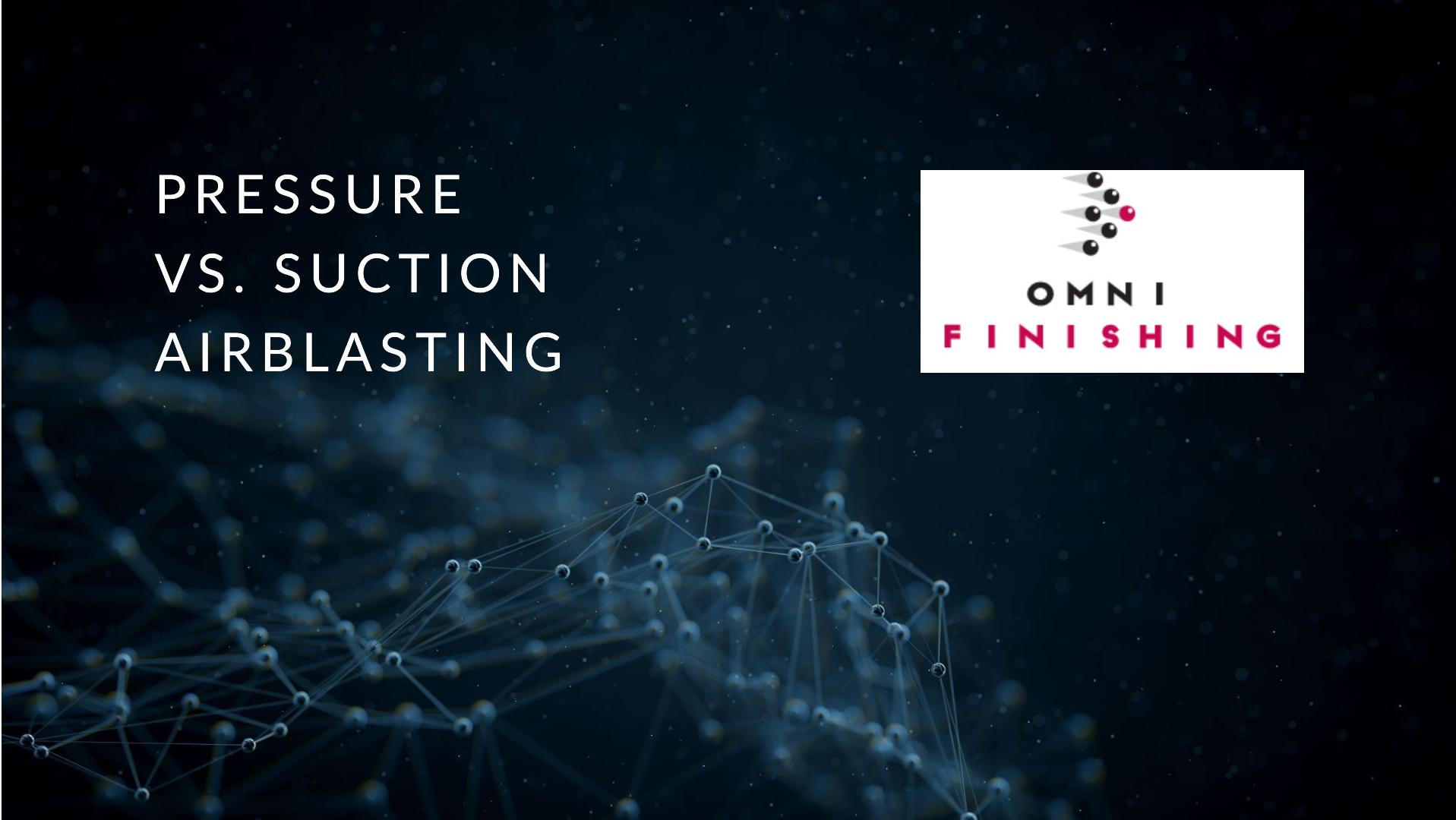What is Pressure Airblasting?
- Pressure Airblasting operates by storing abrasive materials within a pressurized tank. When your machine is activated, compressed air forces the abrasive material out of the tank through a nozzle.
Advantages of Pressure Blasting:
- Speed: Pressure blasting is considered much faster than suction.
- Variety: Can be used on a wide range of products.
- Labor Time: Reduces labor time as the job can be completed on fewer passes than suction blasting.
Disadvantages of Pressure Blasting:
- Higher equipment costs: Pressure systems are often more expensive than suction systems due to the specialized equipment that is required.
- Higher Wear and Tear: The increased velocity of the system leads to faster wear and tear then on a suction system.
- Limited Cycle: Every so often you will need to re-pressurize the pot. So you will not be able to continuously blast like you can on a suction system.
What is Suction Airblasting?
- Suction Airblasting, also known as siphon blasting, works by drawing abrasive material from a container using a vacuum created by compressed air.
Advantages of Suction Blasting:
- Cost Efficient: Suction blasting has a lower operating cost which makes this option more budget friendly.
- Easy to use: The setup is much simpler which makes this system much easier to use.
- Less Aggressive: This is beneficial for more delicate materials that a pressure system would tear up.
Disadvantages of Suction Blasting:
- Reduced Efficiency: The lower abrasive velocity may require multiple more passes in comparison to pressure blasting.
- Limited Range of Abrasives: Not all abrasives perform well in suction systems which limits suction versatility.
Conclusion:
- Choosing between Pressure Airblasting and Suction Airblasting depends on specific project requirements, budget considerations, and the materials being worked on. Pressure Airblasting is optimal for large-scale projects needing aggressive cleaning or surface preparation, while Suction Airblasting is more suited for smaller tasks or sensitive surfaces that require a gentler approach. By understanding the strengths and weaknesses of each method, businesses can make informed decisions that enhance productivity and effectiveness in their operations.



